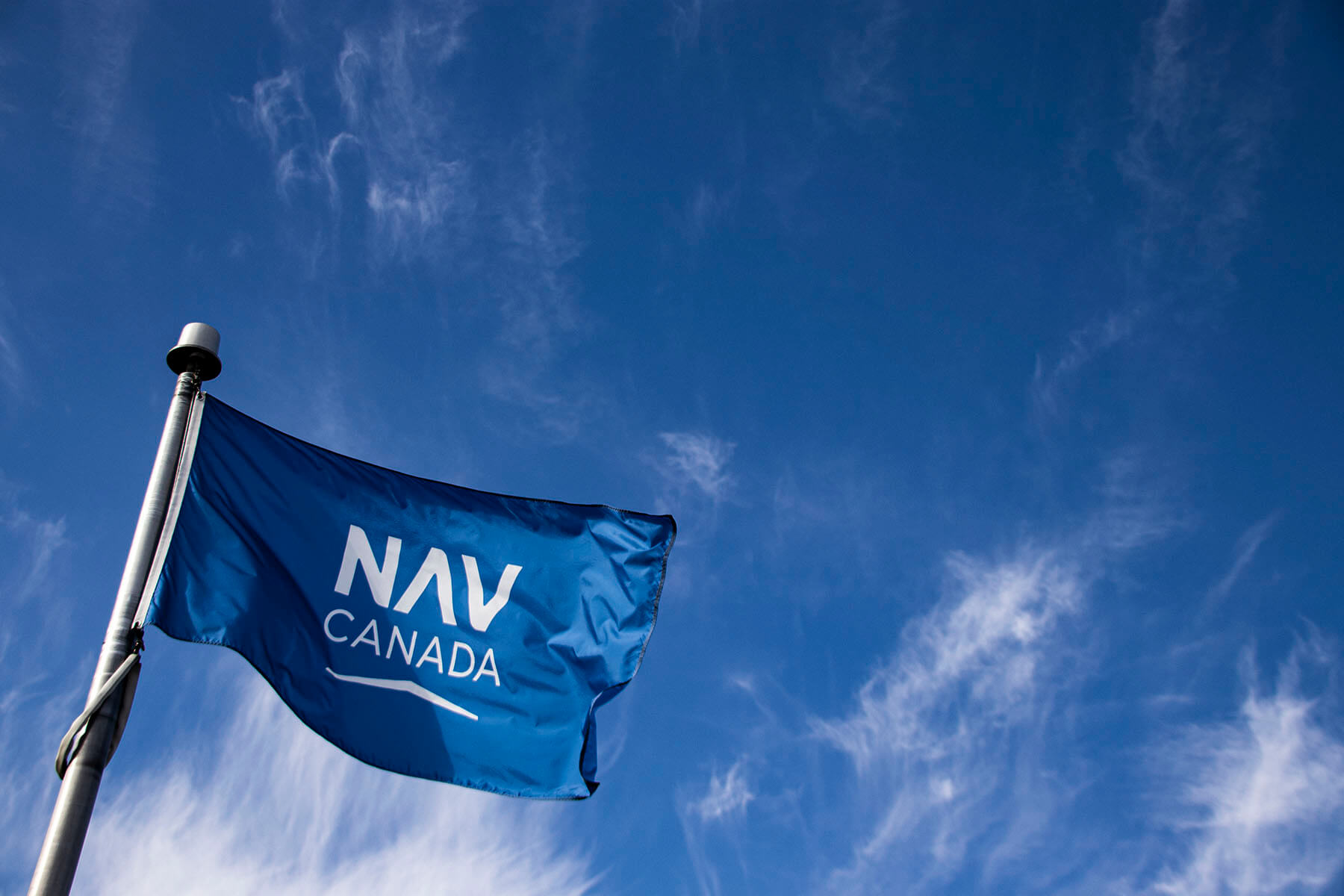Airports worldwide are setting ambitious goals to enhance passenger service quality, improve employee job satisfaction, and achieve emission-free operations. However, in order to achieve these goals. operators have traditionally focused on improving one area at a time. For example, measuring wait times at security checkpoints to adjust resourcing and smooth throughput and assigning gates and parking stands to improve on-time departures.
Every improvement helps. But making decisions focused on one area alone does not optimise the entire airport.
Total Airport Management is a strategic framework that goes beyond single processes and static resourcing plans. It acknowledges airports as intricate journeys or “flows” rather than discrete events and considers the end-to-end process operators need to optimise and deliver the most improved outcomes across the entire airport.
This journey towards Total Airport Management encompasses several key steps, each crucial in reshaping the way airports function and serve their stakeholders.
The data foundation
Airports have never been short of data. The key is having access to the right high-quality data and bringing together flight, passenger flow and turn-around insight to create a holistic picture.
- Flight data that includes flight schedules, live status updates from airlines and third-party aggregators and air traffic management data sets.
- Passenger flow data that includes how and when passengers show up, and move through the airport and transfer by flight, day and time
- Turn-around data that capture on and off block times, taxi times and all critical events in between.
Better predictions
Establishing a robust data pool across various airport operations isn’t just about enhancing awareness—it’s about accurately predicting the future.
When airports can forecast passenger flow by flight, border control and security can dynamically adjust staffing to meet service level agreements with fewer overheads. Baggage handling and reclaim belt allocations can be done more efficiently to match passenger arrivals.
By accurately predicting “Off Block Times” for aircraft turnarounds and other variables, airports get more capacity out of the same resources and ultimately deliver a better service to airlines and passengers.
AI and machine learning can greatly impact this space by performing high-volume historical data and trend analysis while using live data to predict changes in the minutes, hours and days ahead.
Making the best decision – for the whole airport
Every airport today uses decision support frameworks – whether it be resource management systems for gate, belt and check-in allocations or staff rostering systems. These tend to rely on a single set of rules with decision outcomes measured against static Key Performance Indicators (KPIs).
And yet, static rules and KPIs don’t account for the dynamic nature of airport environments. Different passengers, flights, and weather – one day is never quite the same as the next.
For example, today, a security supervisor may devise a staffing plan that meets KPIs, yet overlooks its impact on non-aeronautical revenue or gate arrival times if queuing passengers experience a late gate change to a remote stand. Similarly, a stand planner may prioritise airline preferences without realising the potential crowding issues or breaches of arrival hall occupancy thresholds.
Without access to real data, accurate forecasting and informed decision making, operators must bridge the gap with guesswork.
Recognising the need for a comprehensive indicator of airport-wide performance, Veovo is spearheading the development of the Total Airport Score™️ concept. This scoring framework empowers augmented decision-making, enabling airport operators to evaluate scenarios, simulate outcomes, and make informed decisions aligned with broader airport priorities and specific operating contexts. Operators can effectively select options that maximise the score, prioritising airport objectives over individual KPIs.
Consider a scenario where a delay in aircraft turnaround prompts a gate change. With a holistic score based on dynamic weighted objectives, operators can assess the impact of various gate assignments on overall airport performance. For instance, it could identify the optimal gate assignment to ensure on-time departures and maximize transfer connections during low-visibility operations. Similarly, it would recommend the best gate assignment to enhance passenger experience and reduce fuel burn during off-peak times when operational capacity is less strained.

Continual improvement
But perhaps the most significant benefit of Total Airport Management is its ability to foster continuous improvement. By leveraging data-driven insights and feedback loops, airports can refine their strategies and adapt to changing circumstances in real-time. This iterative approach allows airports to stay ahead of the curve and deliver exceptional experiences for passengers and stakeholders alike.
It’s time to go beyond
Of course, transitioning to Total Airport Management is not without its challenges. It requires airports to invest in new technology, foster a culture of collaboration, and adapt to a rapidly changing environment. However, the benefits are clear. By embracing Total Airport Management, airports can improve efficiency, reduce environmental impact, and enhance the overall passenger experience.
By leveraging joined up data, predictions and decision making, airports can go beyond traditional siloed decision making and resource management and navigate the complexities of airport operations with confidence, ensuring a smooth journey for all who pass through their gates.
How Total Airport Management (TAM) is redefining airport performance through connected data, AI, and smarter decision-making.
- Integrated data and AI-driven forecasting enable dynamic adjustments to meet operational demands in real time.
- Total Airport Score™ supports holistic decision-making, balancing multiple objectives across departments and timeframes.
- Continuous learning and adaptability help airports stay ahead of disruption, reduce emissions and enhance service quality.




